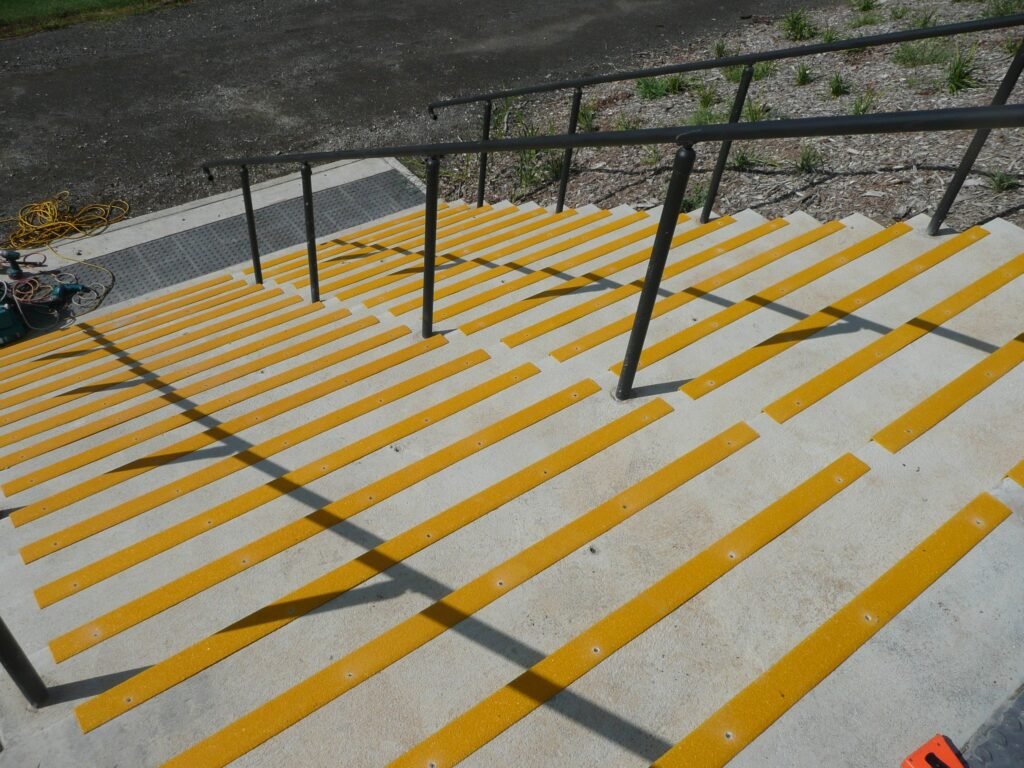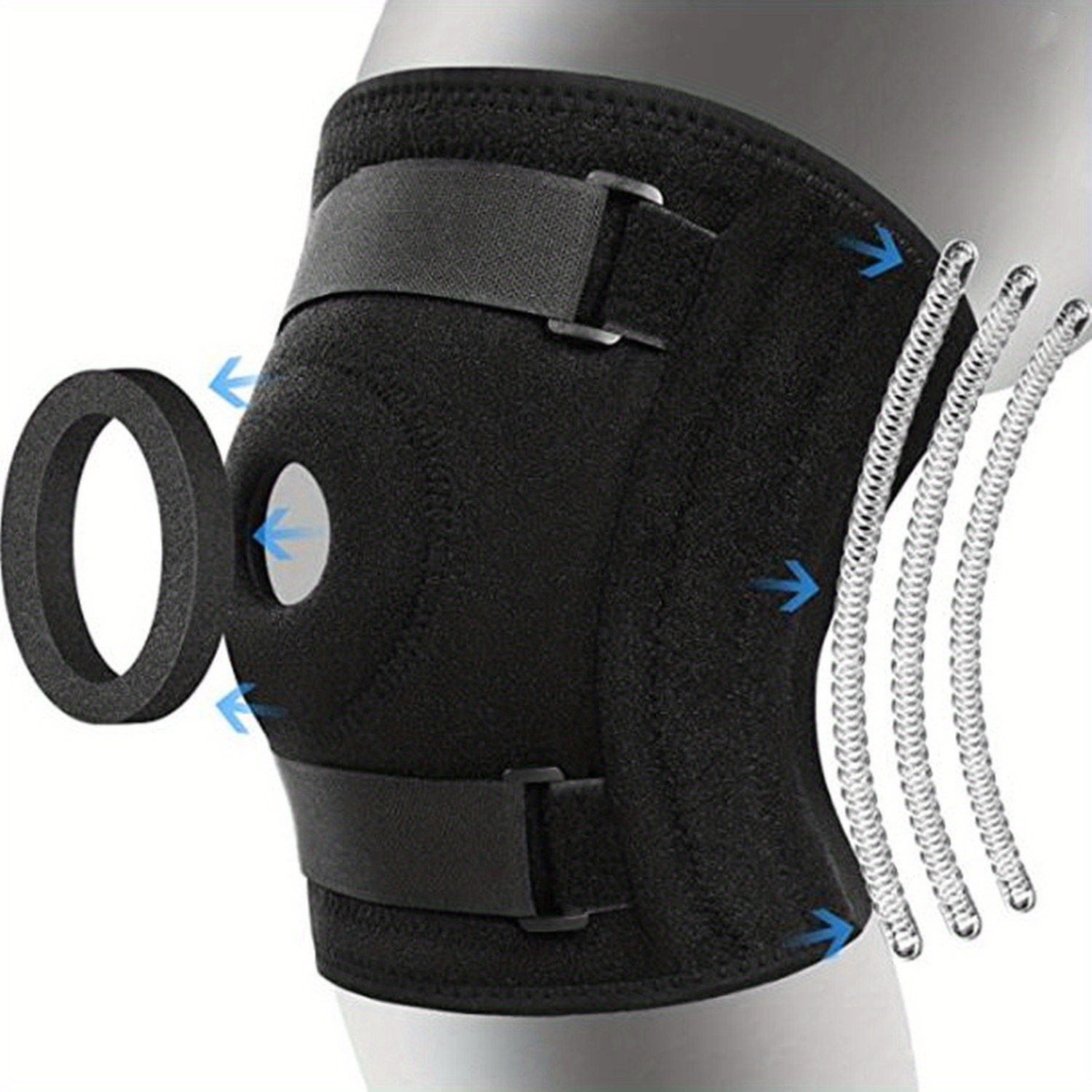Why Is Residential Stair Nosing Essential For Home Safety?

Overview
Stairs are an essential part of any multi-level home, but they can pose a significant safety hazard, especially for young children, elderly individuals, or those with mobility issues. This is where residential stair nosing comes in. Stair nosing is a vital component of stairs as it provides a non-slip surface and helps prevent slips, trips, and falls. It also enhances the aesthetic appeal of your home.
This blog post will cover everything you need to know about residential stair nosing, including its definition, benefits, compliance, choosing the right type, installation process, maintenance and cleaning requirements, and frequently asked questions.
What is Residential Stair Nosing?
Stair nosing is the edge of the stair treads that protrudes beyond the riser. It provides a more substantial and slip-resistant surface on the front edge of each step, reducing the risk of accidents. Residential stair nosing is specifically designed for home use and comes in a variety of materials, including metal, rubber, vinyl, and wood. Each type of stair nosing has its unique features and benefits, making it essential to choose the right one for your home.
The Importance of Residential Stair Nosing
Stair nosing is essential for residential homes for several reasons. First and foremost, it helps prevent accidents. According to the National Safety Council, falls are the third leading cause of unintentional injury-related deaths in the United States. Installing stair nosing can significantly reduce the risk of falls on the stairs, especially for children, the elderly, and those with mobility issues.
In addition to preventing accidents, stair nosing can also save homeowners money in the long run. Slip and fall accidents can result in costly medical bills and legal fees, not to mention the emotional toll they can take on both the victim and their loved ones. By investing in stair nosing, homeowners can avoid these expenses and enjoy peace of mind knowing that their stairs are as safe as possible.
Types of Residential Stair Nosing
There are several types of stair nosing available for residential use. The most common types include:
– Rubber stair nosing: Rubber is a popular choice for stair nosing because it is durable, slip-resistant, and affordable.
– Vinyl stair nosing: Vinyl is another affordable option that is easy to install and maintain.
– Metal stair nosing: Metal stair nosing is a more expensive option, but it is also the most durable and long-lasting.
– Wood stair nosing: Wood is a popular choice for stair nosing because it is aesthetically pleasing and can be stained or painted to match the surrounding décor.
When choosing stair nosing for your home, it’s important to consider the material’s durability, slip resistance, and overall aesthetic.
Prevents Accidents
One of the primary benefits of residential stair nosing is that it can prevent accidents. Stair nosing is a protruding edge that is installed on the edge of each stair tread. It acts as a visual cue, indicating the beginning and end of each step, making it easier for individuals to navigate the stairs. Without stair nosing, it can be difficult to distinguish where each step begins and ends, making it easier to trip and fall.

Real-life examples of accidents that could have been prevented with stair nosing are common. For example, imagine a child running up and down the stairs, not realising where each step ends. Without stair nosing, the child could easily trip and suffer from severe injuries. With stair nosing, the child can easily see where each step begins and ends, reducing the risk of accidents.
Provides Slip-Resistance
In addition to preventing accidents, stair nosing also provides slip resistance. Stairs can become slippery due to various factors, such as wet shoes or spills. Without slip-resistant surfaces, individuals can easily slip and fall down the stairs, leading to severe injuries.
Stair nosing provides a slip-resistant surface, making it easier for individuals to maintain their footing on the stairs. This is especially important for stairs that are frequently used or located in areas that are prone to spills or wet conditions, such as near the entrance of a home.
The importance of slip resistance in preventing accidents on stairs cannot be overemphasised. Without slip-resistant surfaces, even the most careful individuals can fall victim to accidents on stairs.
Helps the Visually Impaired
Stair nosing also helps the visually impaired navigate stairs. For individuals with vision impairments, it can be difficult to distinguish where each step begins and ends. Stair nosing provides a tactile cue, allowing individuals to feel the edge of each step and navigate the stairs safely.
According to statistics, more than 12 million people in the United States alone suffer from vision impairments. By investing in residential stair nosing, individuals can make their homes more accessible and safer for people with disabilities.
Increases Stair Durability
In addition to safety benefits, stair nosing also increases the durability and lifespan of stairs. Stairs are subjected to constant wear and tear, especially in high-traffic areas. The edges of stair treads are particularly susceptible to damage, as they are exposed to heavy foot traffic.
Residential stair nosing provides an additional layer of protection to the edges of stair treads, reducing the risk of damage and extending the lifespan of stairs. By investing in durable materials, homeowners can ensure that their stairs are safe and long-lasting.
Enhances Aesthetics
Residential stair nosing not only provides safety benefits but also enhances the aesthetics of a home. Stair nosing comes in a variety of colours and styles, allowing homeowners to choose a design that complements their decor. By choosing the right stair nosing, homeowners can make their stairs look more attractive while also improving safety.
Conclusion
Stair nosing may seem like a small detail, but it can make a big difference when it comes to home safety. By installing stair nosing in your home, you can significantly reduce the risk of slips, trips, and falls on the stairs. Additionally, you can save money in the long run by avoiding costly medical bills and legal fees associated with slip and fall accidents.
With several types of bollard available for residential use, there’s a solution to fit every budget and aesthetic.
So why wait? Take action today to make your stairs as safe as possible for yourself, your family, and your guests.
Related Posts

Top 10 Benefits of Implementing Digital Signage in Your Business

Choosing the Best Knee Braces: A Comprehensive Guide

